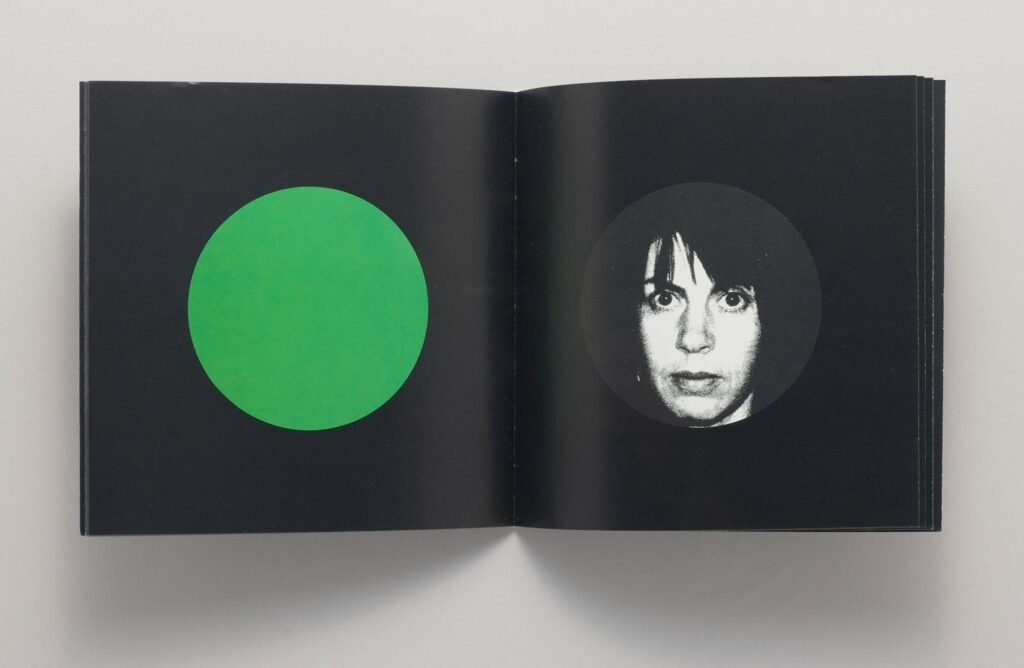Robert Barry Biography

Early Life and Education
Born in 1936 in New York City, Robert Barry was deeply influenced by the city’s vibrant art scene. The dynamic streetscape and bold abstract expressionism of New York shaped his early artistic direction. Barry was an active learner, frequently visiting museums and galleries and absorbing the diverse visual languages he encountered.
The mentorship of William Baziotes and Robert Motherwell complemented his formal art education at Hunter College. Their focus on abstraction and experimentation profoundly impacted Barry, fostering his inclination towards unconventional artistic methods.
Barry’s journey was not about replicating existing styles but exploring the essence of art, challenging its traditional boundaries. He was particularly drawn to the Minimalist and Conceptual Art movements, which emphasized ideas and processes over conventional materials.
By the late 1960s, Barry had evolved beyond a traditional painter. He had become an innovator, sculpting ideas and orchestrating experiences that transcended conventional art forms. His early life and education were crucial in developing his groundbreaking approach to conceptual and immaterial art.
Influences and Artistic Development
During the formative years of his career, Barry was significantly influenced by the minimalist and conceptual art scenes. He absorbed various artistic philosophies and techniques, which later became integral to his unique style.
His work often explored the relationship between space, energy, and perception. Moreover, Barry’s work was profoundly influenced by:
Minimalism
Conceptual Art
- Phenomenology
- Science and Technology
Major Achievements and Recognition
Robert Barry’s artistic journey is one of constant exploration and redefinition. His groundbreaking work, often venturing beyond the confines of traditional mediums and materials, has earned him numerous accolades and cemented his place as a pivotal figure in the Conceptual Art movement.
Barry’s early career saw him garnering prestigious awards like the National Endowment for the Arts Fellowship (1968) and the Guggenheim Fellowship (1970). These recognitions acknowledged his burgeoning talent and laid the groundwork for his revolutionary approach.
What is Robert Barry known for?

Robert Barry, a prominent figure in the 1960s and 1970s conceptual art movement, is renowned for his avant-garde approach to art. He challenged traditional art forms by prioritizing ideas over physical objects. Barry’s work often explores the relationship between language, space, and perception.
He is known for using unconventional materials like inert gases, radio waves, and ultrasonic sound, creating frequently invisible and transient art. This unique approach invites viewers to engage with the concept of existence beyond the tangible.
Barry’s work is not just seen but experienced, often requiring active participation or contemplation from the audience. His contributions significantly influenced contemporary art, expanding the boundaries of what art can be. Barry’s legacy lies in his innovative use of immaterial elements, redefining art as an idea rather than a physical entity.
Contributions to the Conceptual Art Movement
Barry’s contributions significantly shaped the Conceptual Art movement. His explorations and experimentation with intangible elements, such as sound waves and radio waves, expanded the boundaries of art.
Career highlights

Barry has participated in major exhibitions worldwide throughout his prolific career, including Documenta, the Venice Biennale, and the Museum of Modern Art. His work is in prestigious collections such as the Tate Modern, the Whitney Museum of American Art, and the Centre Pompidou. Here are some key moments that solidified his place as a pioneer of Conceptual Art:
Early Experimentation
Closed Circle (1968): This iconic piece, consisting of the simple instruction “Imagine a circle,” marked a radical departure from traditional art forms. It challenged the notion of physical artwork, placing the creative act entirely within the viewer’s mind.
- Inert Gas Series (1969): Barry filled rooms with invisible helium, subtly altering the space and perception of viewers. This piece highlighted the immaterial as a legitimate artistic medium, prompting introspection on the essence of presence and absence.
International Acclaim
Documenta 5 (1972): Barry’s participation in this prestigious exhibition solidified his international recognition as a leading figure in Conceptual Art. His piece “1,650,000 Gallons of Water” involved dropping a single gallon of water into the Rhine River, emphasizing the vastness and transient nature of experience.
Remote Control (1974): This interactive installation allowed viewers to activate hidden cameras across the city, offering glimpses of unseen spaces and sparking curiosity about the unseen networks weaving through our everyday lives.
Relevance and Legacy
Museum Collections: Barry’s work remains highly sought after, finding permanent homes in prestigious institutions like the Museum of Modern Art, Tate Modern, and Centre Pompidou. This ongoing appreciation underlines his lasting influence on the art world.
- Contemporary Relevance: In an age increasingly dominated by digital experiences and invisible networks, Barry’s exploration of the immaterial feels more relevant than ever. His work inspires and challenges artists and viewers alike, prompting us to reconsider the boundaries of creativity and engage with the world in new, imaginative ways.
Robert Barry List of Work

Following is the list of Robert Barry’s work:
Work Title | Year | Medium |
“Inert Gas Series” | 1969 | Neon gas, glass tubing |
“All the Things I Know” | 1971 | Printed text on canvas |
“Radioworks” | 1973 | Radio broadcasts, electromagnetic |
“Silent Radioworks” | 1973 | Ultrasonic and electromagnetic waves |
“Word Space” | 1978 | Neon tubing, words in space |
“Language is Not Transparent” | 1980 | Neon and glass tubing |
“Quantum Paintings” | 1986 | Canvas, acrylic paint |
“Recent Multimedia Installations” | 2000s-2020s | Video, digital projections, interactive elements |
What are some of the major themes s found throughout Robert Barry’s work?
Throughout his diverse career, Robert Barry’s work consistently grapples with the nature of art itself. Major themes include conceptualism, which is evident in his focus on ideas and processes over tangible objects.
He challenges the traditional art object through dematerialization, often using instructions, photographs, or ephemera to represent the artwork’s existence.
Time and space play a crucial role, with pieces unfolding over specific durations or occupying unique locations, blurring the lines between artwork and environment. Questions of perception and authorship are also central, as viewers become active participants in completing or interpreting the work.
By subverting expectations and engaging in playful experimentation, Barry invites us to rethink art’s very definition and boundaries.
